“Wild trout, unlike men, will not — indeed cannot — live except where beauty dwells.” — John Voelker
Having one’s rivers is important, like having family or a country. With rivers, though, you get to choose. I prefer mine rippling with wild brook trout, which is to say clean and secluded. And because my time and place coincide with an irruption of my species, this means my rivers must be small — headwaters really, the tops of systems known even in Boston.
An hour west of my house is the rivertop I love best, Hyla Brook I call it for that is not its name. Here under bald eagles and turkey vultures — in woods demanding good boots, lunch, a full day and sometimes a compass — it’s hard to remember you’re in Massachusetts.
In the general watershed are dozens of other brooks, some bigger than Hyla, some smaller, none quite so lovely. All are as safe from human defilement as is possible for running water to be, not because people enjoy their beauty or revel in the rich communities of plants and animals that flourish in and around them. Not because people in any way treasure them. Only because Boston drinks them.
Maybe Hyla Brook is someone else’s, too, but of the hundreds of other fisher folk I’ve met on it over the years, not one has been human.
I first saw Hyla Brook from my easy chair. Having established that it was not on the state stocking list, a prerequisite for even casual consideration, I looked more closely at the topo map. Lots of unbroken green all around; I got interested. Gradient looked good; I got very interested. There were riffles and pools, and meadows where gaudy, stream-bred brook trout could sip insects and lounge in icy, air-charged current that tumbled from hemlock-shaded ledges.
I rushed there the next morning. I should note that finding healthy wild trout populations in Massachusetts is like finding flying squirrels — you’ll tap 75 or maybe 100 hollow trees before an obsidian-eyed head appears from the woodpecker hole.
But trout lust is only one reason to find and keep rivertops. Rivertops are magnetized wires drawing and concentrating all the best features forests have, brook trout being my favorite. But one may be equally infatuated with wildflowers or woodland butterflies or herons or warblers or minks or otters or beavers or spotted turtles or wood turtles or drumming grouse or macroinvertebrates or visions of silver spilling over moss. If I didn’t hang around rivertops because of brook trout, it would be because of these other things.
Maybe Hyla Brook is someone else’s, too, but of the hundreds of other fisher folk I’ve met on it over the years, not one has been human.
No day on a rivertop is better than your first. On that magic morning 30 Mays ago I found one of the few spots in Massachusetts where you can hike hard for 45 minutes and be deeper in the woods than when you started. It’s a secret, timeless place fragrant with skunk cabbage, leaf mulch and wet earth, where spring azures skip over unfurling ferns, where wood frogs quack from vernal pools, green frogs leap and twang before your next step and redfin pickerel streak from swampy shallows, where newts lie suspended in backwaters and sashay into muck, where fields of watercress wave in transparent current over clean gravel.
In and out of the brook, clumps of marsh marigolds were in bright yellow bloom and, as far back as I could see, the banks were carpeted with pale yellow trout lilies. A pair of wood ducks burst from a beaver flowage and went squealing downstream.
Trout were too much to hope for. Here and there, in the deeper pockets, I flipped out a little Adams on a three-pound tippet, but nothing rose to it save fallfish — “chubs,” some trouters call them, spitting the word.
Fallfish grunt like old anglers who trip. I once caught and ate a two-pound fallfish in Quebec. It tasted like wet tissue paper. But fallfish are Northeast natives, and there’s no such thing as a native “trash fish.”
Fallfish are streamlined — silver in youth, bronze in maturity. They take flies like brook trout and fight like brook trout. Thoreau fished for them in Walden Pond and Maine rivers. He called them “cousin trout” and “chivin,” extolling them as “cupreous dolphin.”
Not expecting trout, I naturally found them, and in abundance. They were sipping little blue mayflies in the deep, quick water at the head of the first meadow just as I’d imagined the night before.
I pushed through thick alders, brushing spiderwebs from my face and grimacing as ice water reached my waist. Finally, I was in position. The fly drifted about ten inches, then vanished in a boil.
It’s difficult for brook trout anglers to admit, but the brutal truth is that these noble fish are usually nonselective in their feeding behavior, reckless even. One can “match the hatch” if one chooses or one can toss out a machine-tied insult. Nine times out of ten the result will be the same — instant slurp. It’s not that brook trout are “stupid” and brown trout are “smart.” It’s that brook trout evolved in sterile water. So unlike browns which evolved in rich, limestone-charged water, they can’t afford to pass up a possible food item.
That first trout from Hyla Brook was the third biggest I have taken there — 11 inches. He finally ran the line around a beaver cutting, and I reached down and tickled his silken flanks, lifting him toward the surface so slowly he never struggled. He was perfectly proportioned, deep-bodied, with a smallish head indicative of good feed and fast growth. The markings on his green back resembled worm trails on the inside of dead elm bark, and his chestnut sides were flecked with scarlet, most flecks ringed with blue halos. His belly was sunset orange, fins crimson and trimmed with ivory.
I fished on for almost two miles, catching wild brook trout much of the way — little fish of big country. And at dusk a great horned owl floated out of the woods and settled onto a drowned red maple. The only lighting on the long, obstacle-strewn hike to my truck was from fireflies, stars and a crescent moon.
I want the public on rivertops so they’ll have more advocates and defenders. But it does not follow that I want the public on mine. Rivertops are very personal things — like shotguns and toothbrushes. I’ve shared Hyla Brook only with a kid named Scott. Rivertops are not to be tattled on.
To quote my late friend John Voelker, the sage of Michigan’s Upper Peninsula who quit the state supreme court to chase brook trout and write about them, “Any fisherman who will tell on the trout waters that are revealed to him possesses the stature of a man who will tell on the women he’s dallied with … Wild trout, unlike men, will not — indeed cannot — live except where beauty dwells, so that any man who would catch a trout finds himself inevitably surrounded by beauty; he can’t help himself.”

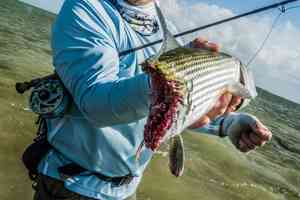
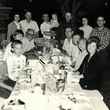
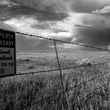

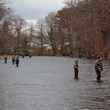
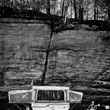


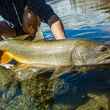
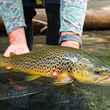
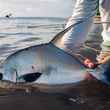
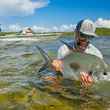
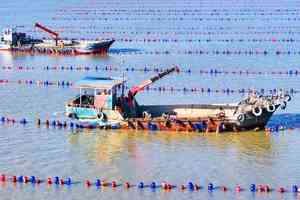
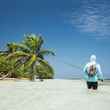

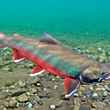
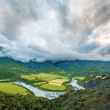

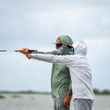
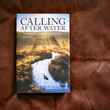
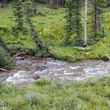

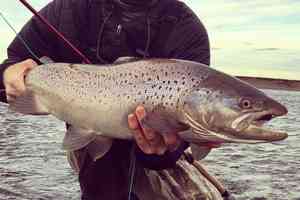
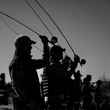
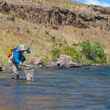
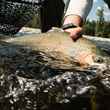
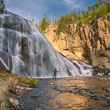
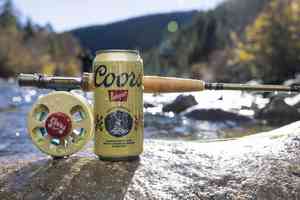

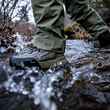
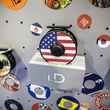
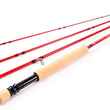
Comments
Alan Maki replied on Permalink
My “Hyla Brook” in Michigan was destroyed by Nestle’s water bottling operation.
Pages